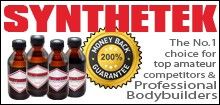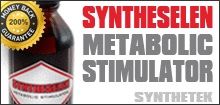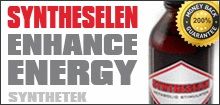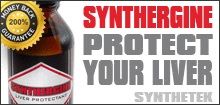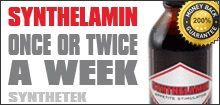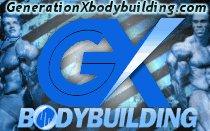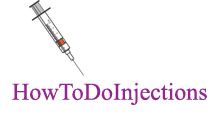Hey QB,
I can tell you how I addressed this throughout Fortitude Training (that overall inroads to recovery / CNS, stress, etc. is less for smaller muscle groups and isolation exercises vs. compound movements), although there is one (only one) failure point on the Muscle Round (cluster set).
-On Loading Sets (a "set type" in FT), Isolation exercises can be taken to failure , e.g. pec fly, whereas failure is reserved for only the last set of the compound exercises (e.g., HS press).
-For Muscle Rounds, the rational is to have the single failure point as a marker for gauging progress (at what point throughout the MR the failure happens, as well as how many reps for that set) for setting your self up for next time you would do that exercise (more weight, shoot for more reps?). For this reason, there's just a standard way to do a MR. If you were to just hit failure in kind of willy-nilly way when training a small muscle groups (and/or differently for different muscle groups, depending on the day, the exercise, etc.) and thus had to differentially adjust the weight during the MR, potentially doing a different number of reps for each weight, it's a bit of a mess trying to gauge progress (ala progressive overload). It might come out in the wash for a beginners, but being able to meticulously grind out progress over the course of weeks and months is where progressive overload makes the difference for someone who's fighting tooth and nail for every extra pound of muscle.
-The pump sets are where you can really go to town on smaller muscle groups and isolation exercises, but perhaps be less punishing when doing compound exercises. This is all auto regulated and the Pump sets are where you can incorporate partial reps, holds under stretch, stuff like 21's and just about whatever kind of intensification technique you want to as long as the tension is continuous. In other words, the Pump Sets can go "beyond failure" if you chose to do so in that after you can't do any normal reps, you do partial or do a mechanical drop set (change from DB flies to DB presses once you can't get any more reps with the fly movement.) You could even go to failure and then do an isometric hold in the stretched position if you wanted to. OTOH, deepening on the muscle group, your state of recovery, the exercise, etc. it could just be a high rep set (continuous reps) as long as you're getting about 15-20 reps at a minimum. (Pump sets are at at the highest end of the rep continuum in FT.)
So, your point is such a good one that I built it into the program! LOL

(It's just that the difference in reps in reserve / failure points vis-a-vis muscle group size / exercise don't show up in Muscle Rounds per se for the sake of having a standardized way of "dosing" the set, so you can better attend to progressive overload.)
-S

